10 wonderful winter words
22nd February 2021
Winter is in full swing here in England. Winter is often thought of as the cold, dull season with short days and long nights. But we forget the good side of winter months including cosy holiday traditions, heaps of baked goodies and endless casseroles.
Unfortunately, this article is being written from a rainy South while folks up North are having fun building snowmen and snowball fighting, but you can’t have it all, I guess.
The word winter itself comes from the Proto-Germanic noun wintruz (the last and coldest season) and Proto-Indo-European wend (as in water, or “the wet season”). There are plenty of words that describe winter, so we’ve put together a list of words that come to mind when we think of this season.
Snow

Let’s begin with possibly the most wintery word there is, snow. It comes from the old English snāw, of Germanic origin; related to Dutch sneeuw and German Schnee. Snow is basically rain in the form of ice crystals. It originates in clouds when temperatures are below the freezing point (0 degrees Celsius, or 32 degrees Fahrenheit). Snowflakes are clusters of ice crystals that fall from a cloud and snow pellets, or graupel, are opaque ice particles that fall from a cloud.
Blenky
Quite an unusual word, not used much nowadays. To blenky means “to snow very lightly.” It’s most likely derived from blenks, an earlier 18th-century word for ashes or cinders.
Hoarfrost
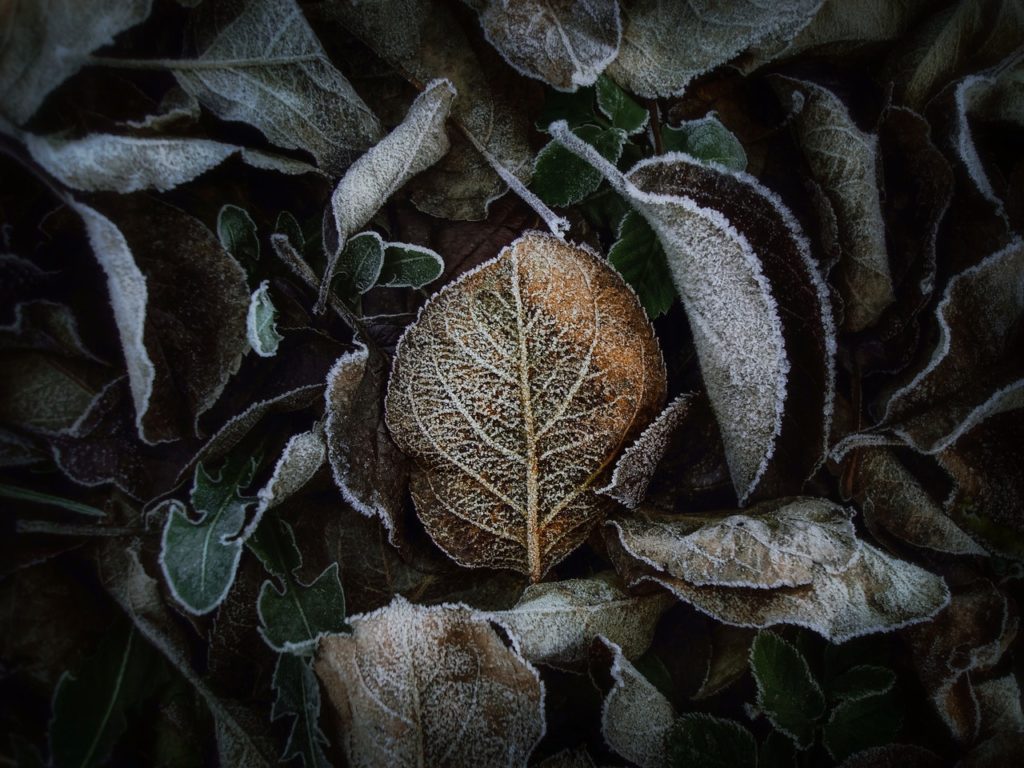
The word derives from an Old English word hoary, meaning “to appear old”. It refers to the old age appearance of the frost because the way the ice crystals form makes it look like white hair or a beard. See it now?
Hoarfrost is the thin, crisp coating of ice on such things as grass, leaves or tree branches. It is formed by direct condensation of water vapour to ice at temperatures below freezing and occurs when air is brought to its frost point by cooling.
Reindeer
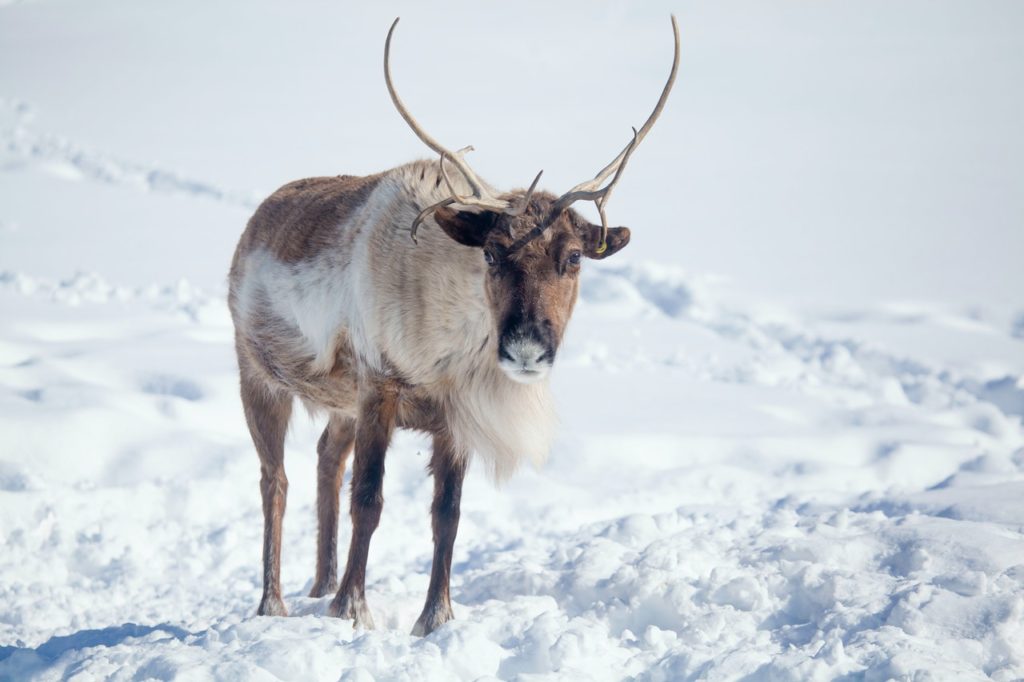
When we think of reindeer, we think of Santa’s red-nosed helper, Rudolf.
The word reindeer most likely comes from the Old Norse word ‘hreindyri’, which is derived from the word ‘dyr’ meaning ‘animal’. It also originates from ‘hreinn’, a word that by itself refers to the horned animal commonly known as reindeer.
Don’t worry, you don’t have to wait till Christmas Day to see a reindeer. They can be found in Alaska, Canada, Greenland, northern Europe and northern Asia, in tundra, mountains and woodland habitats.
Frost flower
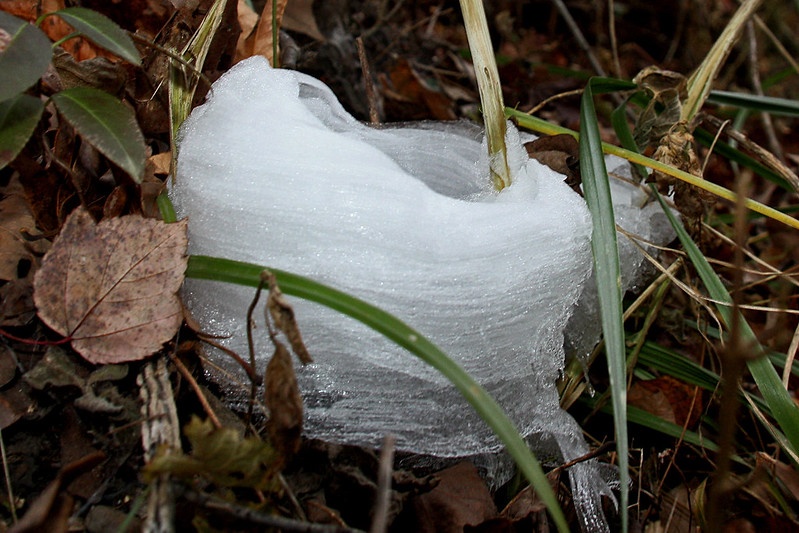
Frost flowers form when frozen water in extremely thin layers is pushed out from the stems of plants, casting long, thin cracks along the length of the stem. It formulates beautiful ice ribbons. For the frost flowers to form we need a freezing air temperature, soil that is moist or wet but not frozen, and a plant’s stem that has not been previously frozen. You are most likely to see them in the mornings as they are quick to melt.
Spice
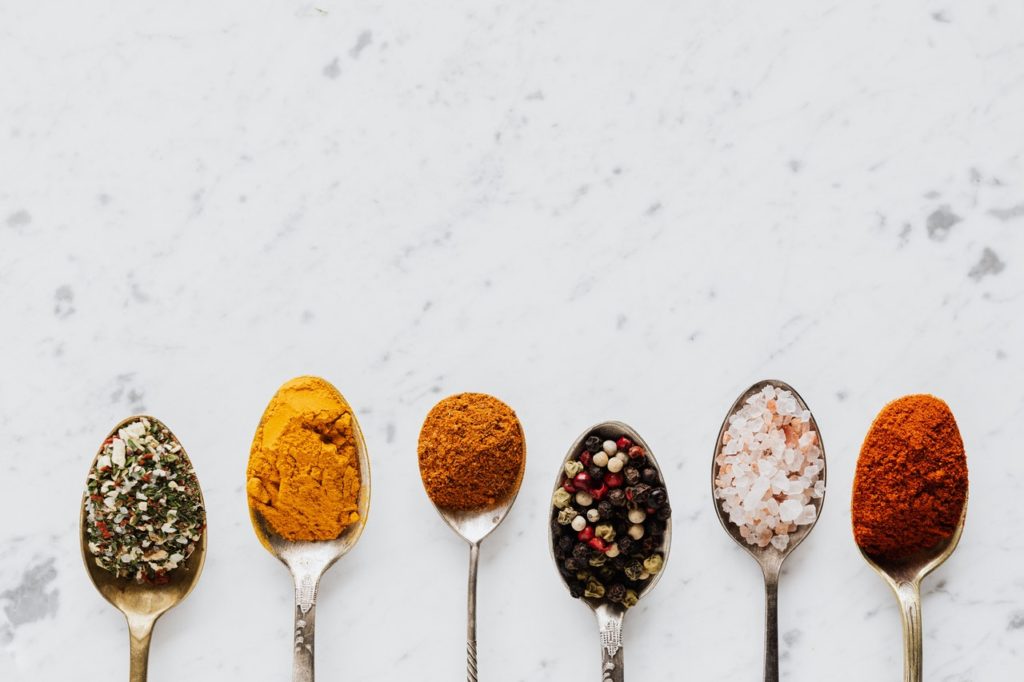
Spice comes from the Latin species and means something added to food or drink to enhance the flavour. The most common spices to use in winter months include cinnamon, nutmeg, vanilla or ginger. Memories of cinnamon lattes and gingerbread springs to mind.
Eggnog
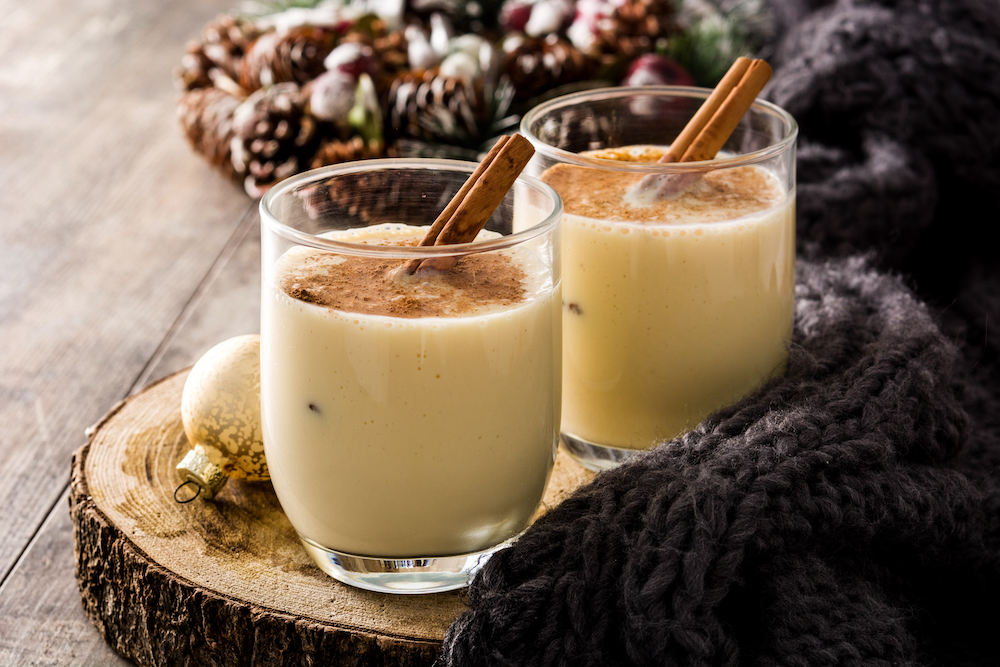
When it comes to a wintery drink look no further than eggnog, or as some call it, a milk punch.
Eggnog is a sweet, rich, cold drink mixture made of whipped eggs, milk, cream, sugar, and spirits such as whiskey, brandy or rum.
It is believed that eggnog originated from the early medieval English “posset,” a hot, milky, ale-like drink. The Online Etymology Dictionary confirms that the term “eggnog” is an American term introduced in 1775, consisting of the words “egg” and “nog”, with “nog” meaning “strong ale”.
Winter Solstice
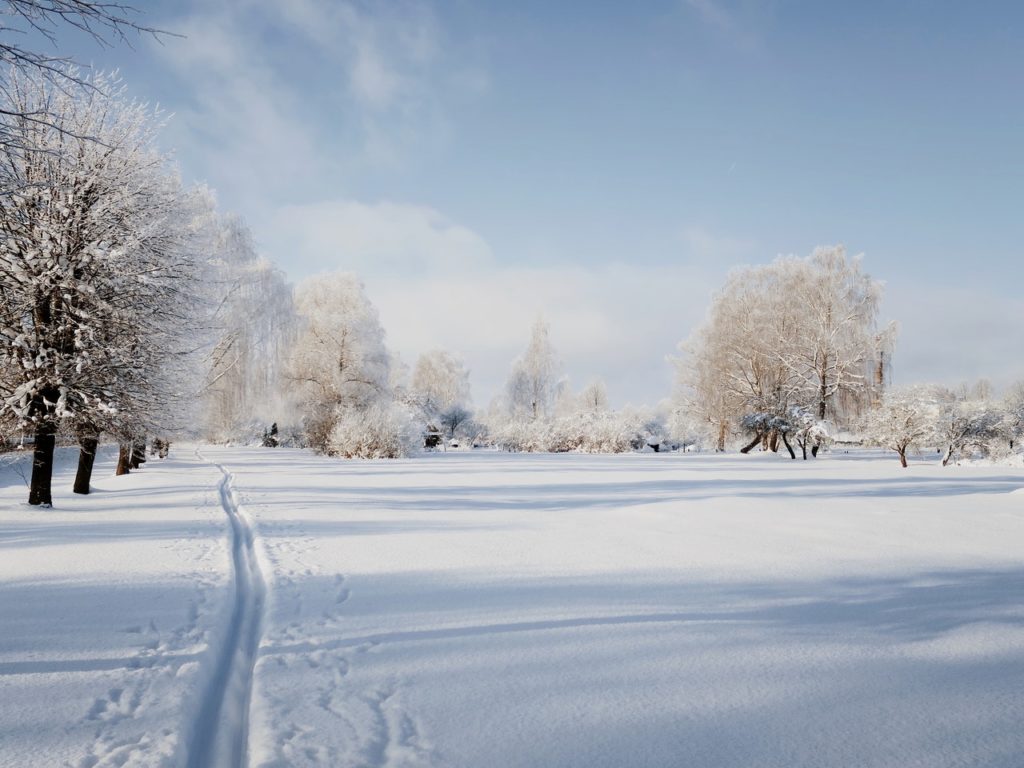
Winter Solstice is the shortest day of the year. It occurs after December 21st and marks the beginning of winter in the Northern Hemisphere. This day has the fewest daylight hours of the year. That is why it is known as the shortest day of the year (7 hours 49 minutes long), or the longest night of the year. The good news is that once the Winter Solstice is done, the days get longer and the nights shorter.
The word ‘solstice’ comes from sol the Latin word for Sun. The ancients added sol to -stit- (“standing”) and came up with solstitium meaning ‘Sun stands still’.
Winter Solstice, similarly to the Summer Solstice, is celebrated across the world. In Scandinavia, the celebration is called St. Lucia Day, the festival of light. The Chinese celebration of the Winter Solstice, Dong Zhi (which means “Winter Arrives”) welcomes the return of longer days. “Yalda night” is an Iranian festival celebrating the longest and darkest night of the year
Sledging
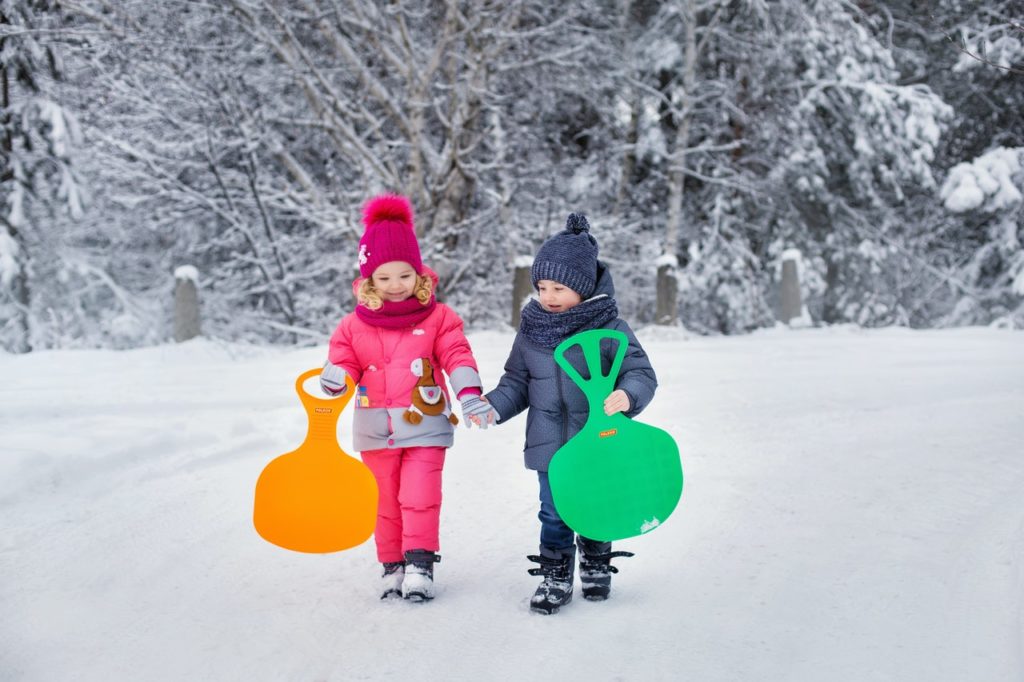
Considered a winter sport, sledging is one of the most popular winter activities, especially for families with children. But sledges also have a more practical use. They were (and still are) used in areas with deep snow to transport people and materials.
The word sledging originated in the mid-19th century from the word sledge.
Sledge was first used in the late 16th century and derived from Middle Dutch sleedse; related to sled.
Skiing
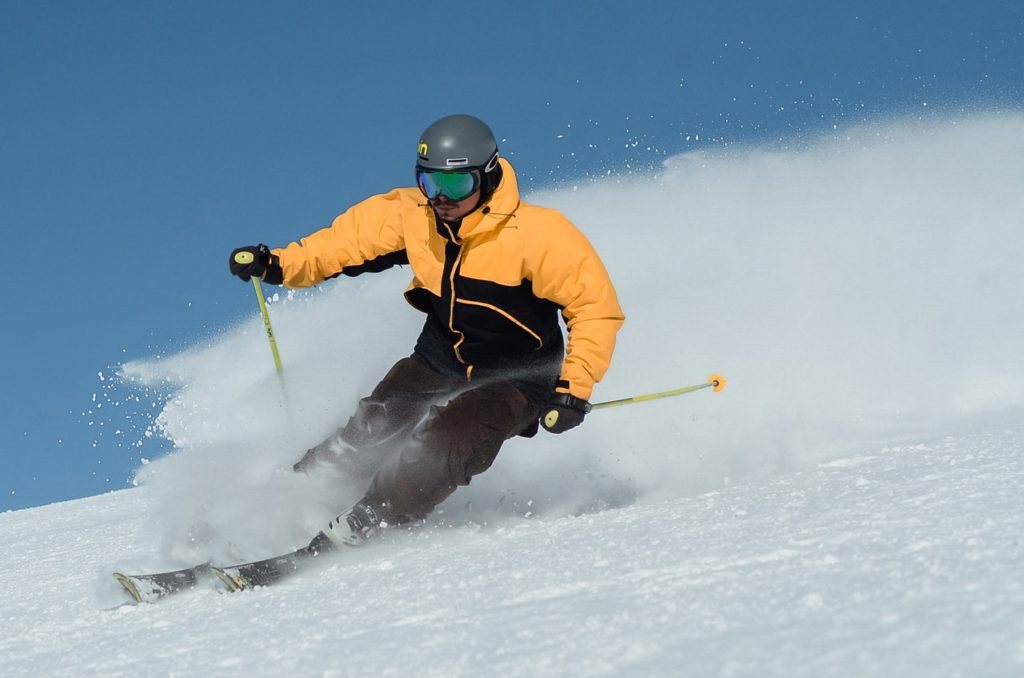
The word “ski” originated from the Norwegian, ski, and is related to the Old Norse word skið, “long snowshoe”, literally “stick of wood or firewood”.
Skiing is deeply rooted in Norse tradition, with the god Ullr and the goddess Skaði portrayed as hunting on skis. Skis were in regular use by Scandinavian farmers, hunters and warriors throughout the Middle Ages. Paintings show that skis were used at least 5,000 years ago.
